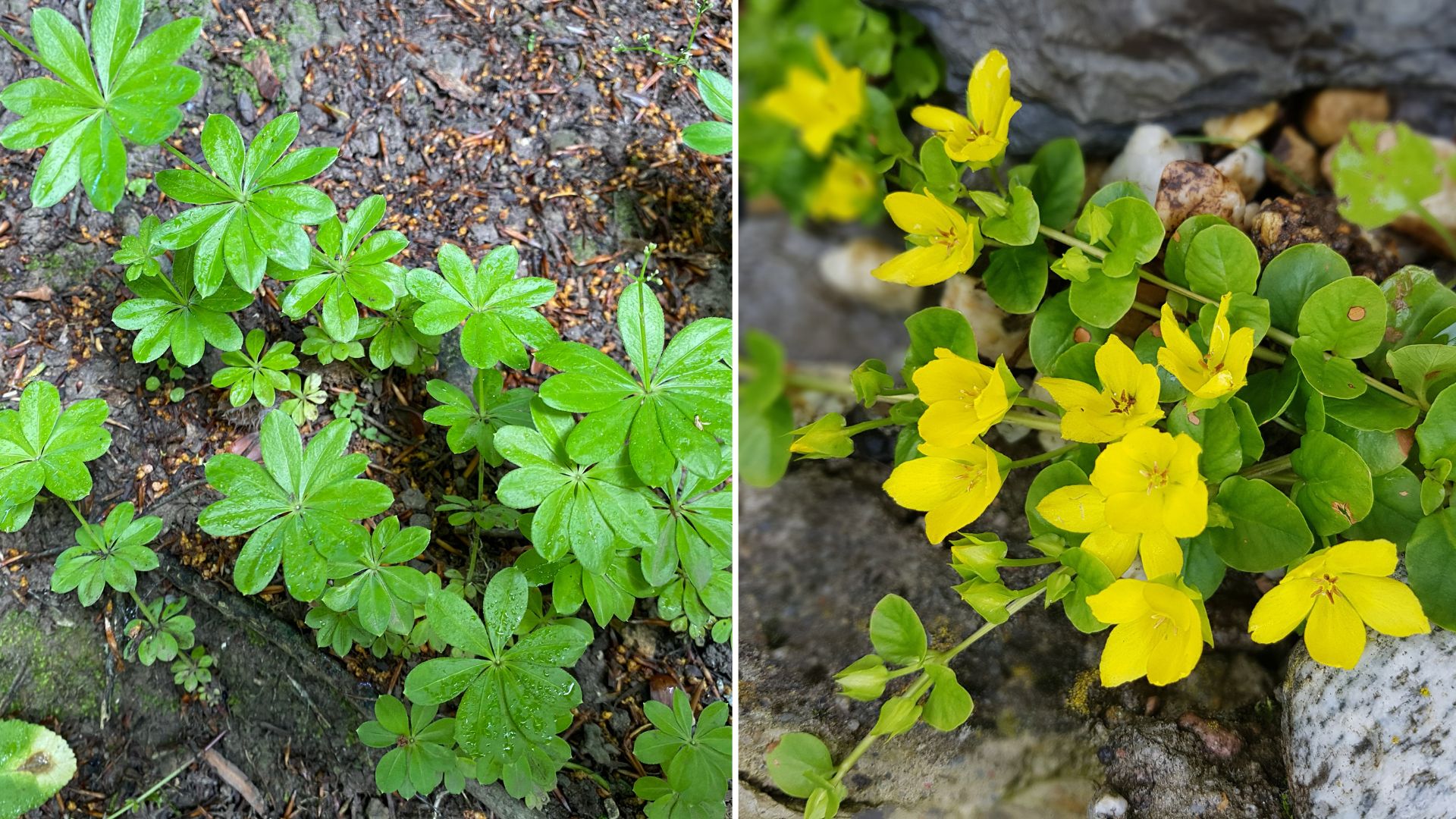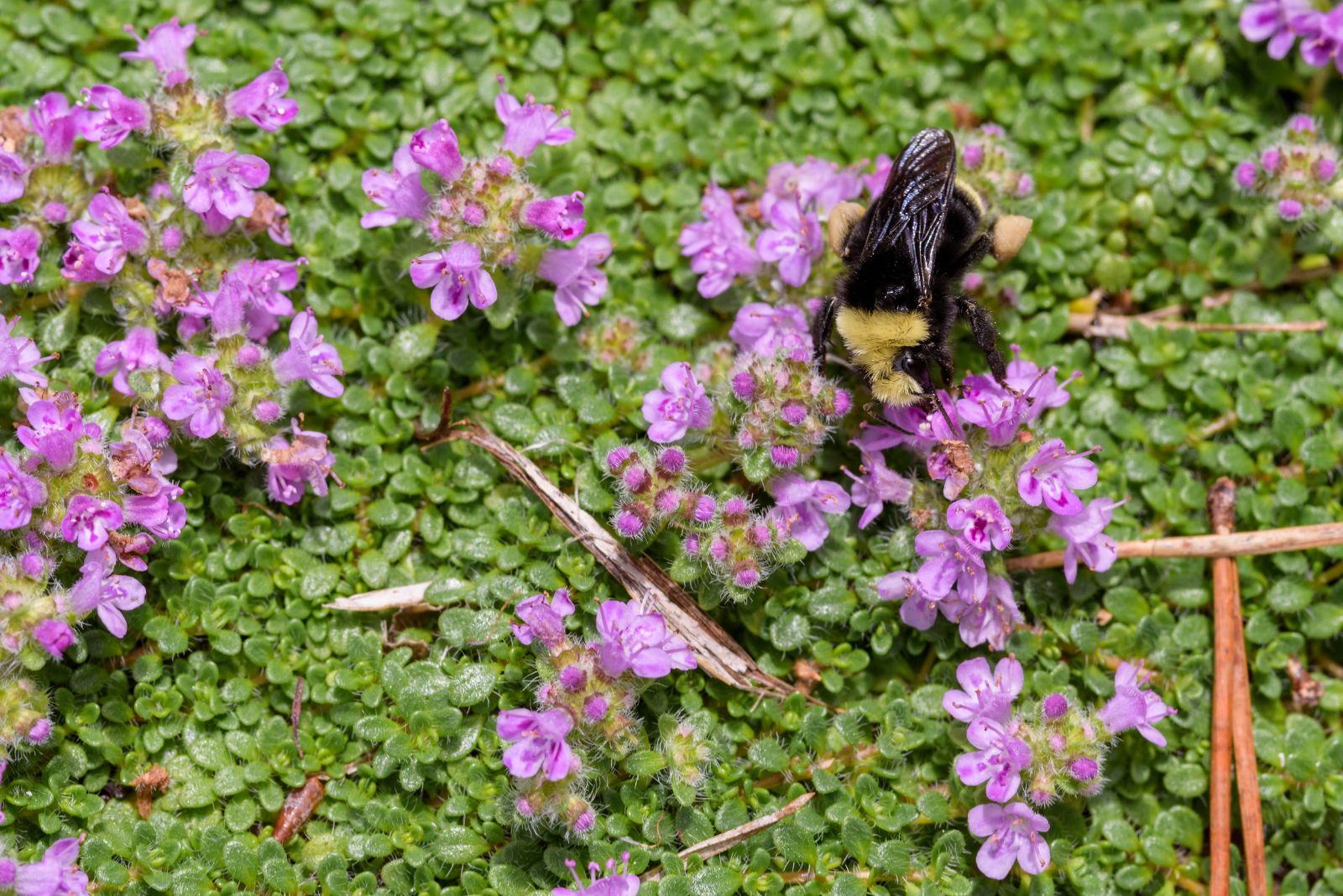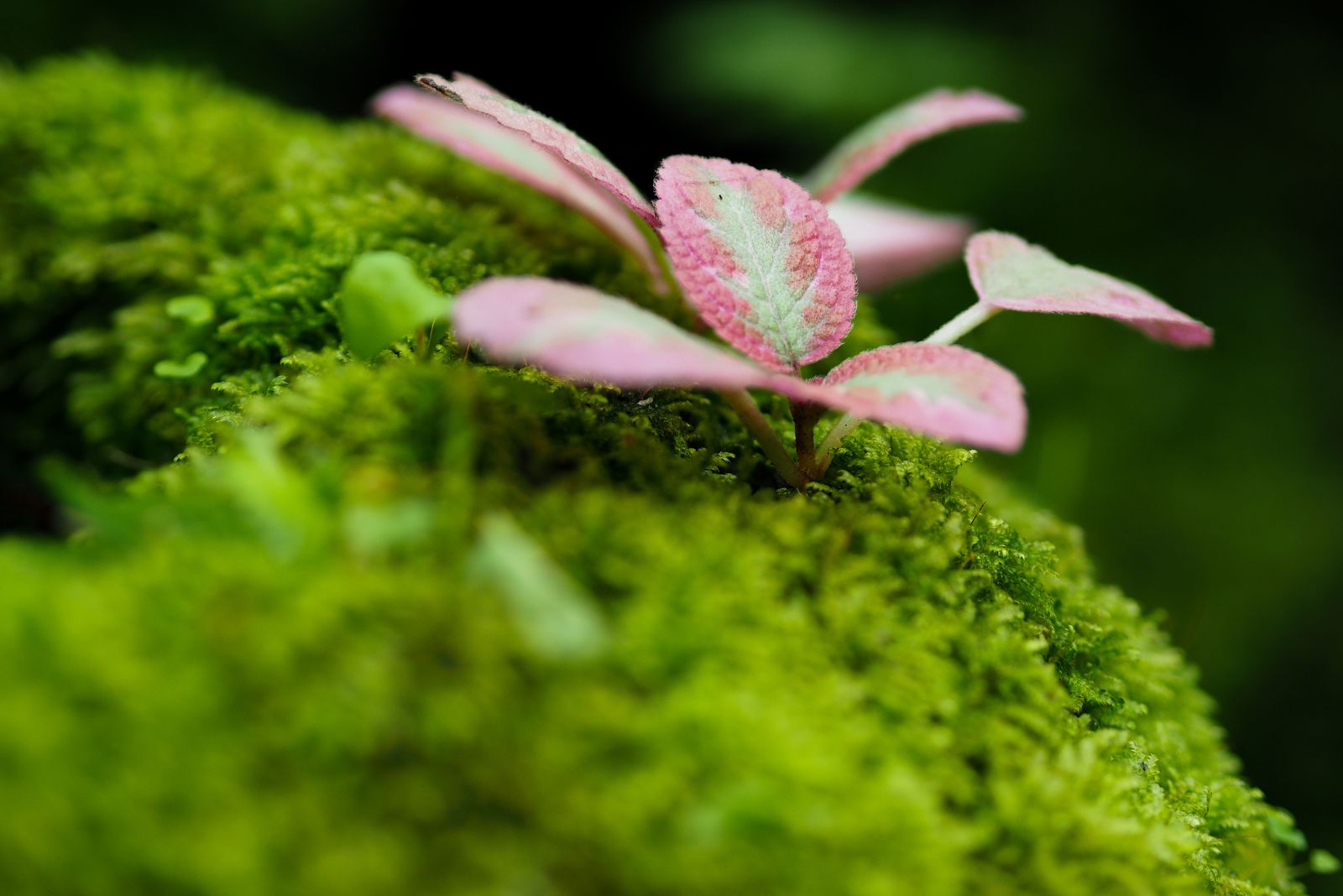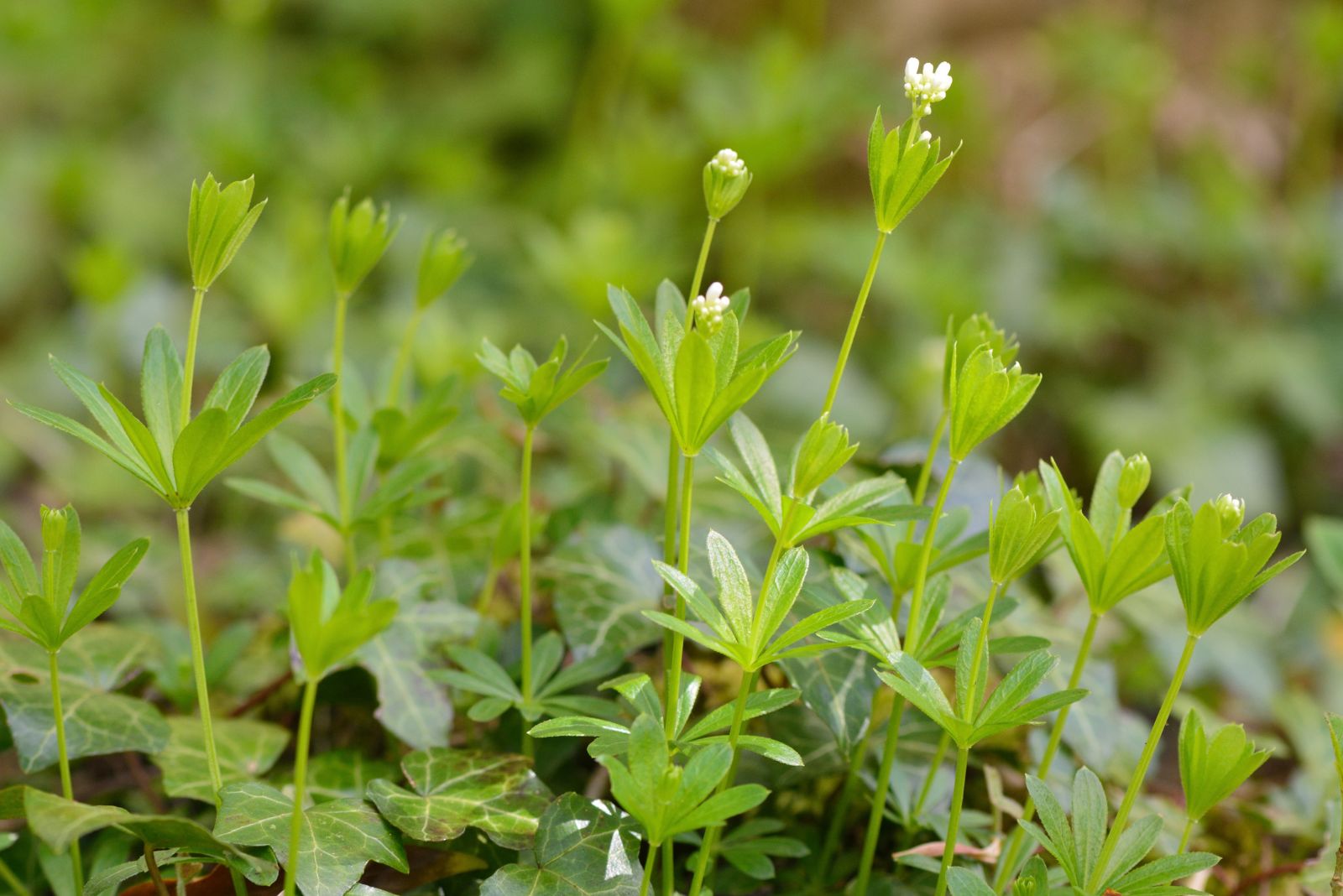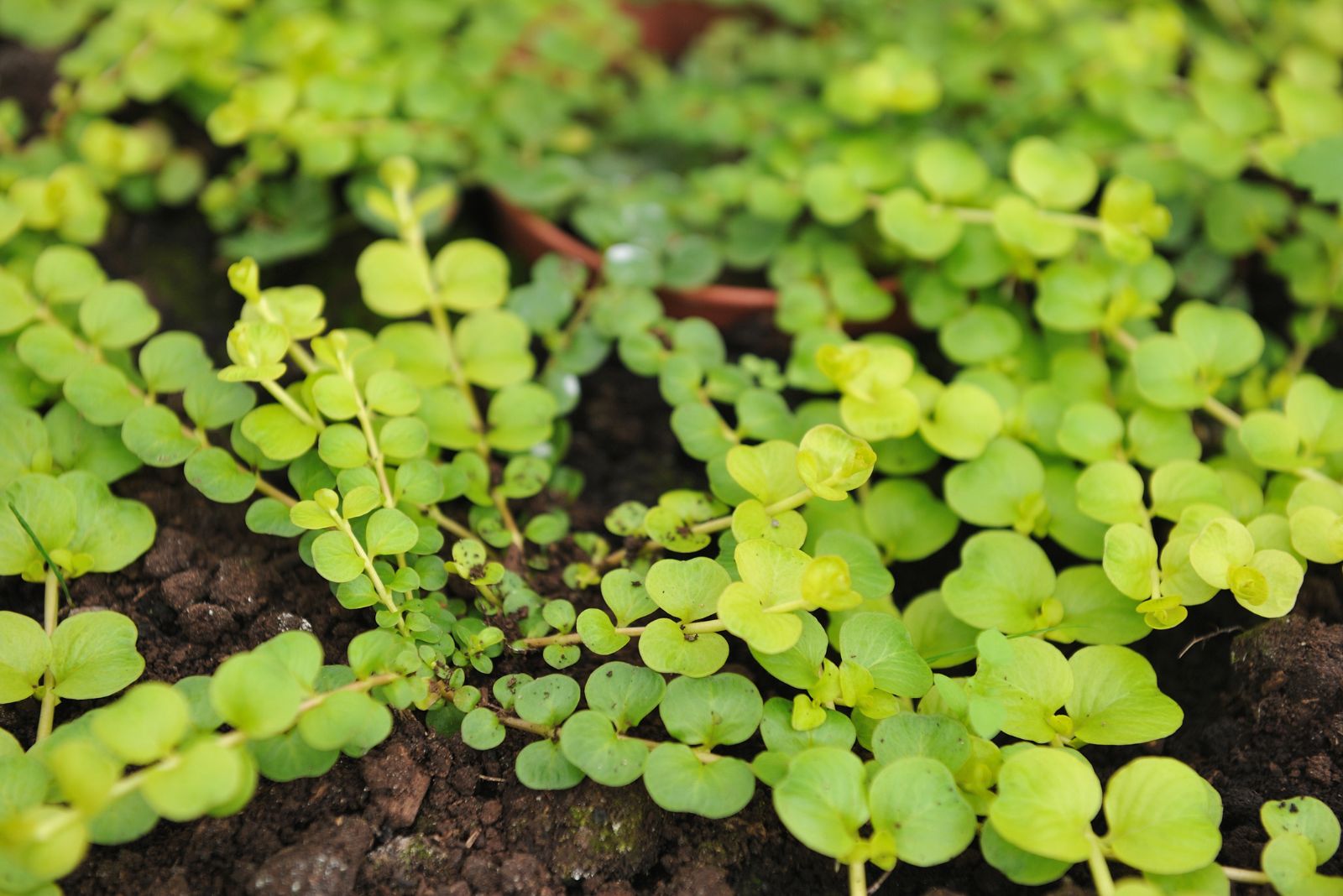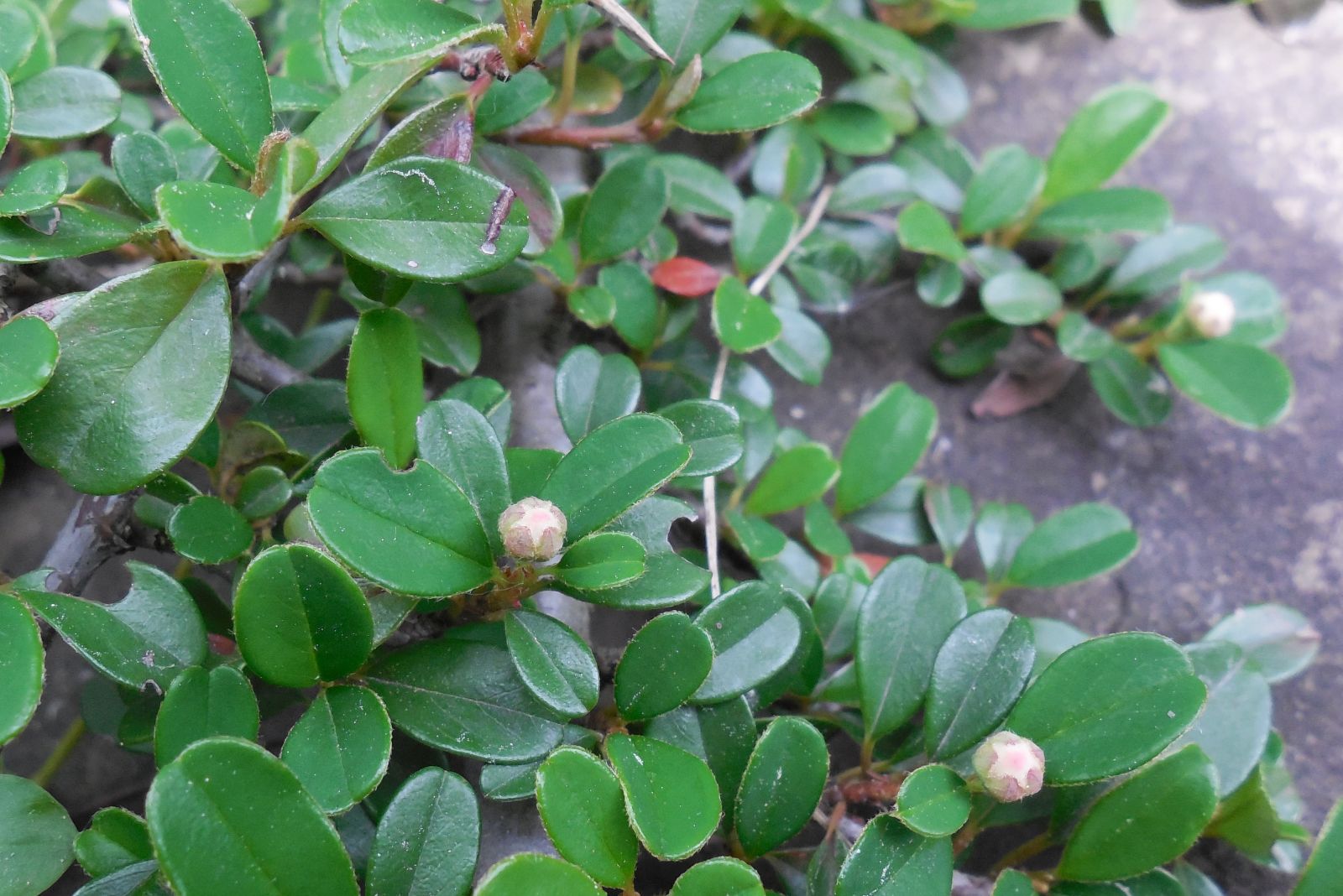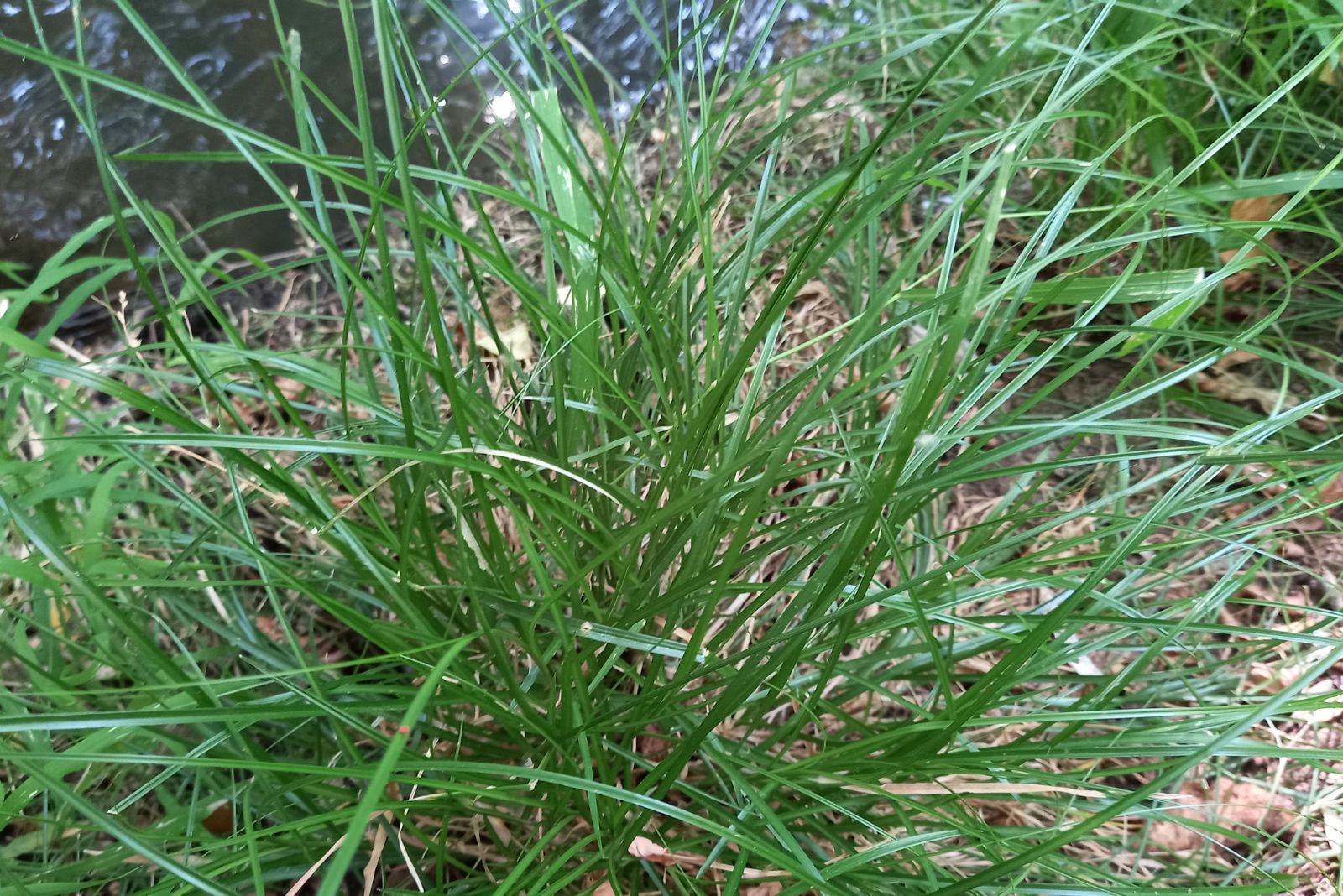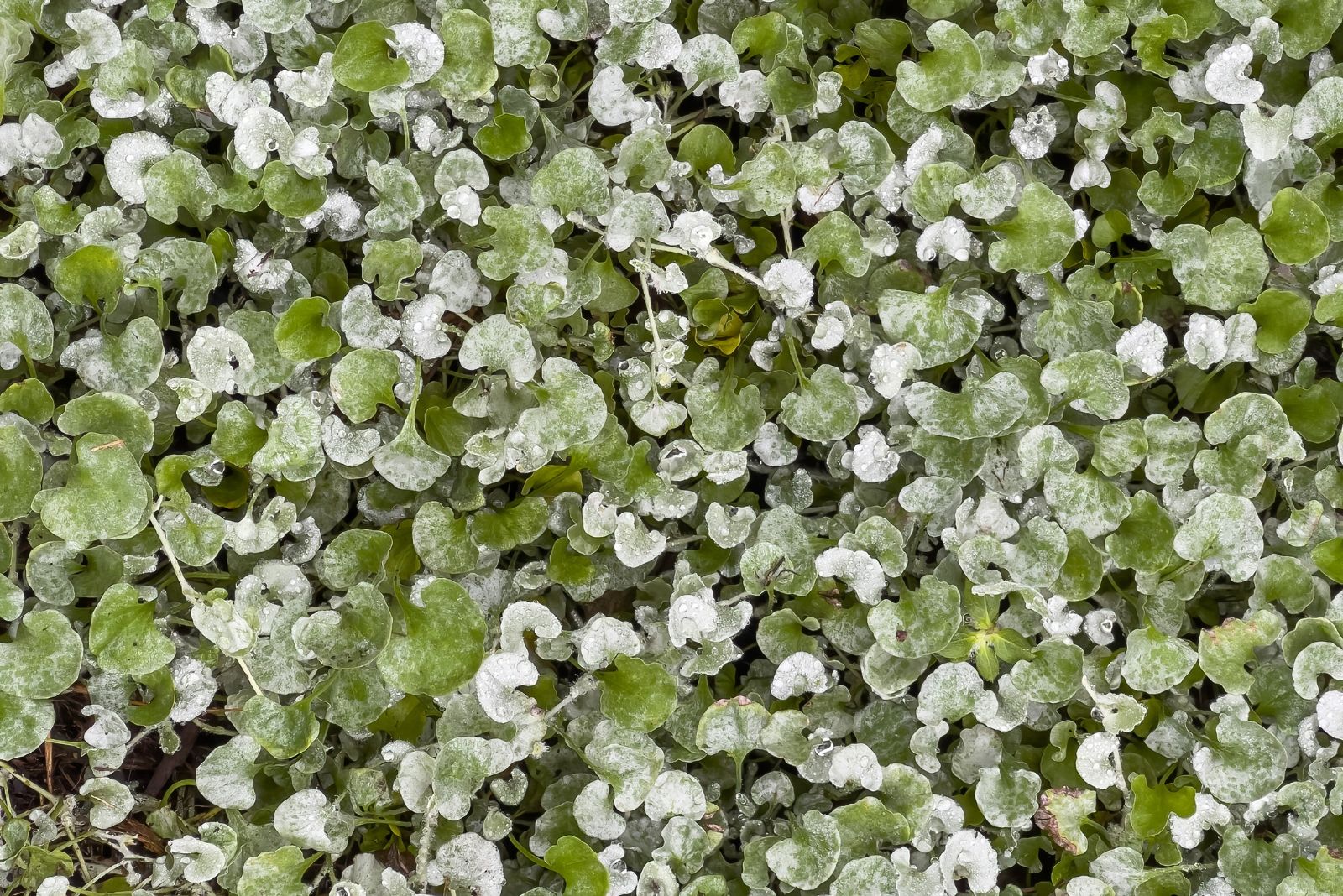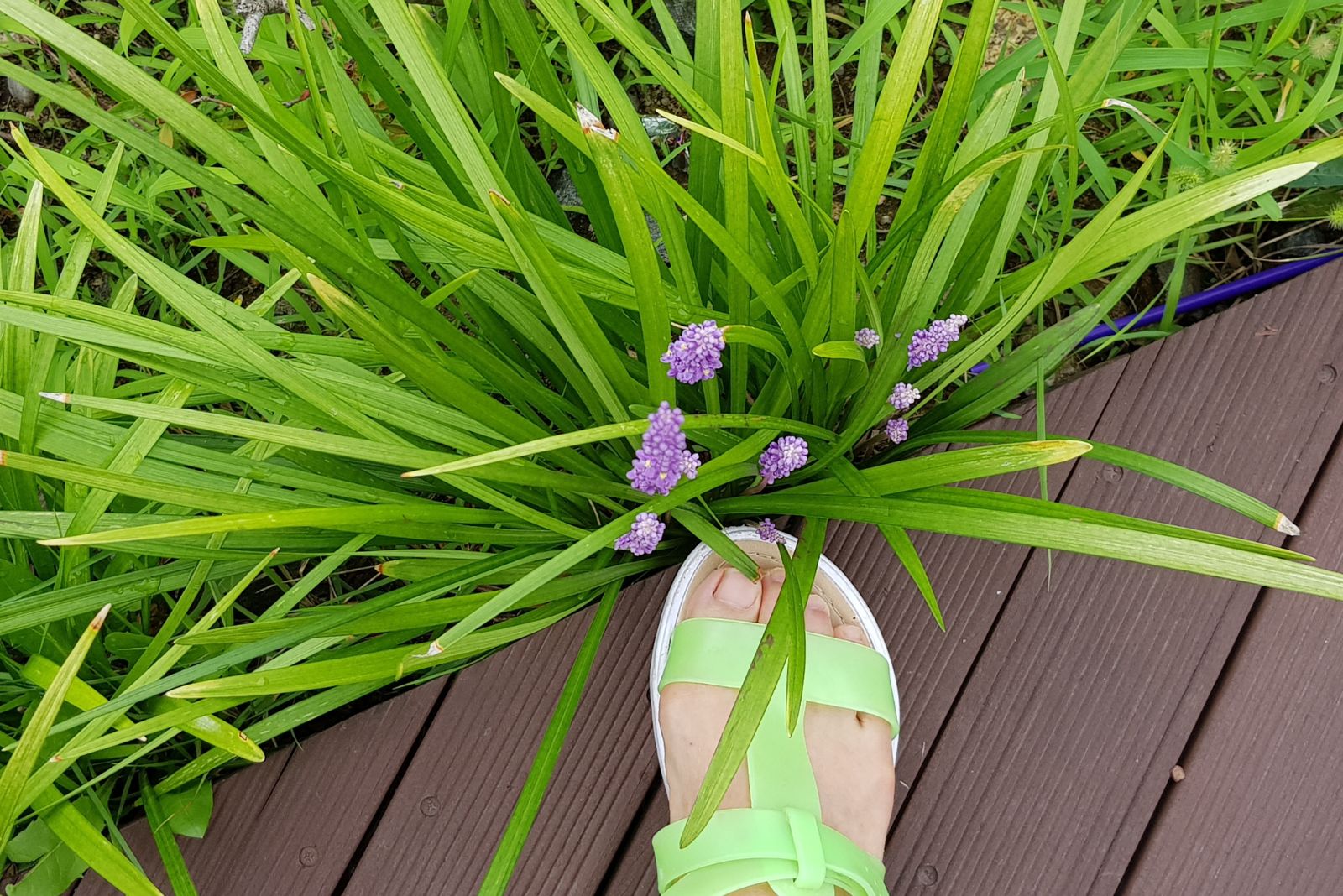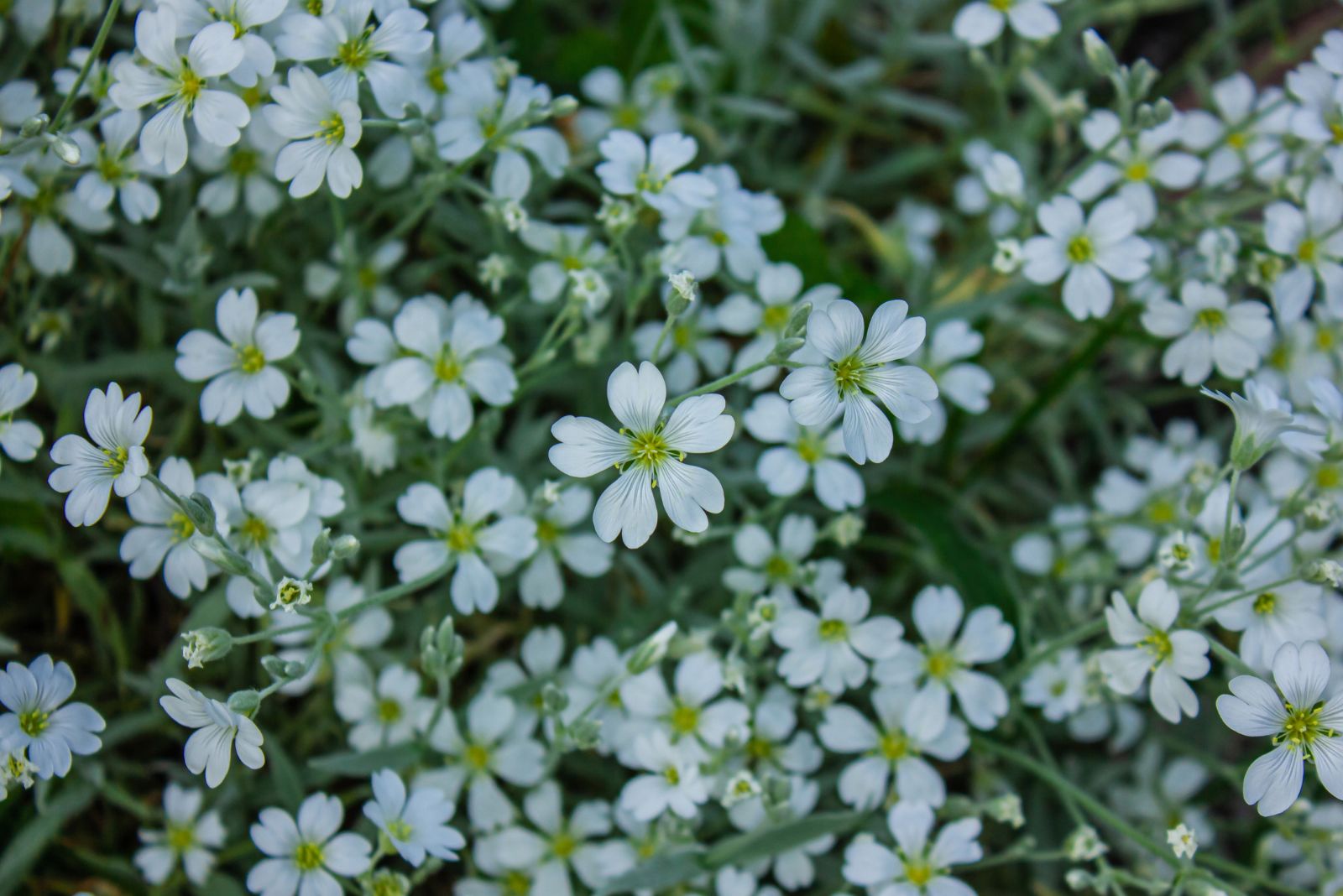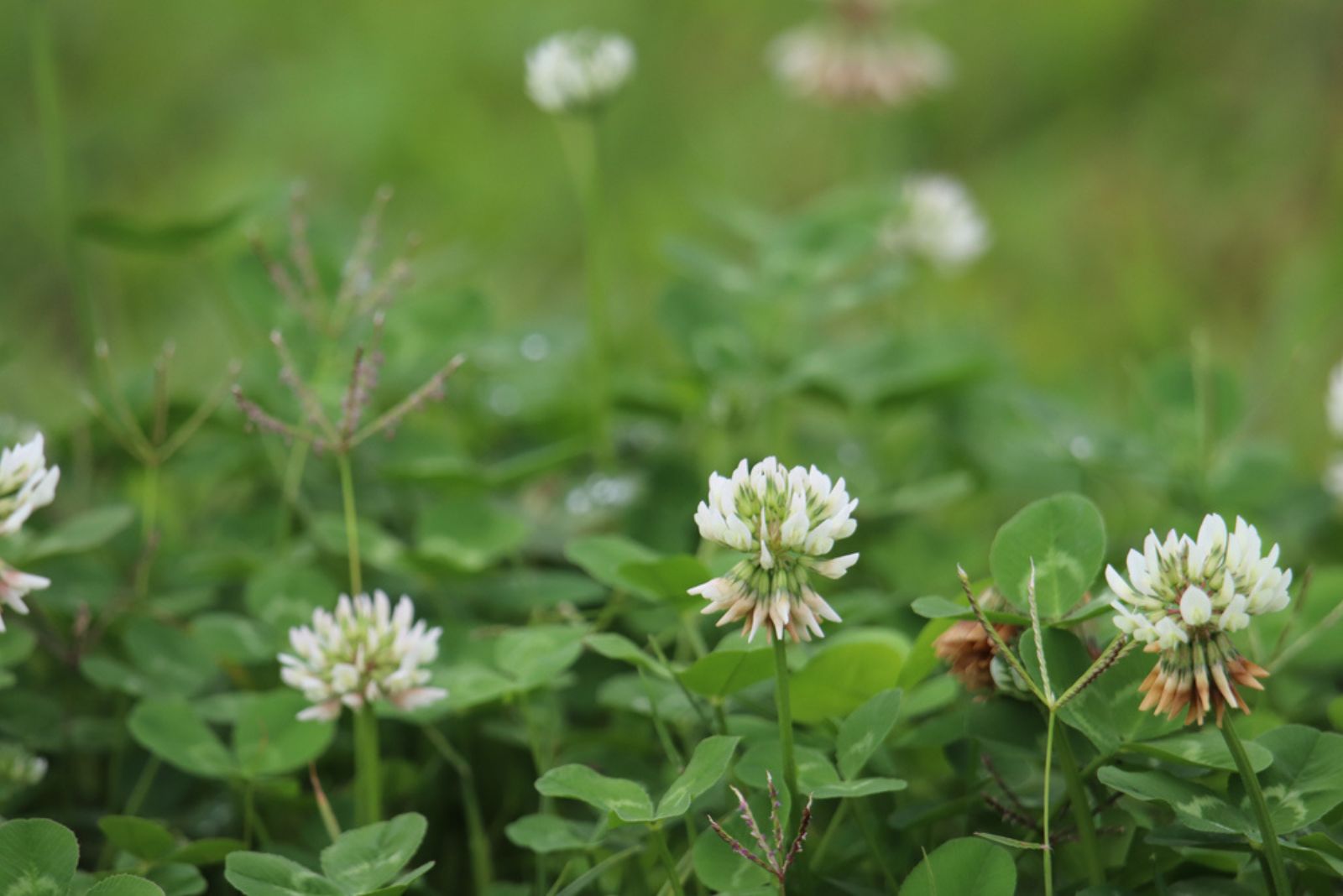If you are tired of spending countless hours mowing and maintaining your lawn, and are now looking for no-mow lawn alternatives, then you have come to the right place!
No-mow alternatives not only save you time and effort but also benefits the environment in numerous ways. Wildflowers, herbs, ground covers, and ornamental grasses are just some of the options that can completely transform your outdoor space.
Not only are they good for aesthetics, but they also offer food and habitat for lots of beneficial insects and pollinators. In addition, they are relatively low maintenance and drought tolerant – so no more constantly watering the lawn, either!
Say goodbye to the never-ending cycle of mowing and let’s explore these options together to find the perfect no-mow alternative for you.
1. Creeping Thyme (Thymus)
Thymus varieties are versatile herbaceous plants that produce small leaves and clusters of flowers in pink, purple, or white. They also have unique fragrances that attract pollinators to the garden.
Creeping thyme is one of the best no-mow lawn alternatives because it has tough leaves that grow rather densely. It is also great for suppressing weed seed germination and weed development.
Thymus grows best in USDA hardiness zones 2 through 9. In some areas, Creeping thyme can get invasive, so make sure to prune it. Creeping thyme can tolerate different soil conditions, but they thrive in well-draining soils. This creeper can grow in full sun and partial shade.
Some of the prettiest thyme varieties include:
• Pink creeping thyme (Thymus praecox ‘Pink chintz’)
• White creeping thyme (Thymus serphyllum ‘Albus’)
• Red flowering creeping thyme (Thymus praecox ‘Coccineus’)
2. Cushion Moss (Leucobryum)
Cushion moss is a lovely low-growing plant that thrives in shady and moist environments. This plant produces dense, cushion-like green leaves, thus creating a vibrant walkable ground cover.
Since it requires moist environments for proper growth, Cushion moss can turn silvery white when it lacks moisture. However, it quickly turns back to the vibrant green color when watered!
To grow Cushion Moss, provide it with well-drained, acidic soil and moderate to high humidity levels. This moss prefers shaded areas but can tolerate some dappled sunlight. Cushion moss thrives in USDA hardiness zones 4 through 10.
3. Woodruff (Galium Odoratum)
Woodruff is a delicate herbaceous perennial plant that can truly spruce up your yard and fill it with a sweet aroma. This weed-killing plant produces whorled leaves and clusters of white flowers that bloom in spring.
This plant spreads quickly in partial to full shade, which is why it is ideal as a lawn alternative in shaded gardens. Its low-growing habit and dense foliage create a carpet-like effect, adding texture to any landscape!
Woodruff can tolerate different soil types but thrives in fertile, slightly acidic conditions. It requires regular watering to keep the soil moist. Woodruff grows best in USDA hardiness zones 4-9.
4. Moneywort (Lysimachia Nummularia)
Moneywort is a fast-growing plant that serves as an excellent lawn alternative. It produces trailing stems with round, bright green leaves and small, yellow flowers that can make your yard look more cheery!
In some regions, this plant can get invasive so make sure to grow it in an area with strict borders such as metal, stone, or even wood. It can also grow between garden path stones!
Moneywort thrives in full sun to partial shade and prefers moist to wet soil. It is adaptable to various soil types, including clay, loam, and sandy soil. Regular watering is essential to keep the soil consistently moist.
5. Cottoneaster (Cotoneaster Dammeri)
Cottoneaster is a low-growing evergreen shrub that is relatively easy to grow. It produces small, glossy green leaves and tiny white or pink flowers that turn into red berries during fall.
This shrub grows up to one foot tall and creeps along the soil’s surface, which makes it an ideal no-mow lawn alternative. Their dense growth habits also suppress weed growth, so you won’t have to worry about those annoyances as well.
Cottoneaster thrives in full sun to partial shade and is adaptable to a variety of soil types, including sandy, loamy, and clay soils. It is a drought-tolerant plant once established and requires minimal watering.
6. Sedge (Carex Remota)
Sedge is a grass-like plant that produces slender, arching leaves in green to bronze colors. These leaves add a natural and wild look to the landscape. They also grow densely, which is why these plants can be used instead of regular grass.
These plants thrive in partial to full shade and prefer moist to wet soil conditions. They can adapt to various soil types. Sedges don’t need much maintenance other than a springtime trim to help with renewal and clean up the frayed leaves.
Here are some of the most popular Sedge varieties:
• Rosy sedge (Carex rosea)
• Remote sedge (Carex remota)
• Bronze-leaved sedge (Carex comans ‘Bronze Form’)
• Common sedge (Carex blanda)
7. Silver ponyfoot (Dichondra Argentea)
Silver ponyfoot, scientifically known as Dichondra argentea, is a lovely perennial ground cover plant that can be used as an alternative to traditional lawns. Its spreading habits are much like those of strawberries, sending runners all over the place.
It produces small, round, silver-green leaves that create a soft and silvery carpet-like appearance. Its trailing habit and silvery foliage truly add a touch of elegance to any landscape.
This plant thrives in full sun to partial shade. It prefers growing in well-draining soil. Once established, Silver ponyfoot is relatively drought tolerant and doesn’t require frequent watering. It grows best in zones 8 through 10.
8. Blue lilyturf (Liriope Muscari)
Blue lilyturf is an evergreen grass-like plant that can be used as a lawn alternative for low-water gardens. This plant produces grass-like leaves with a dark green color along with spikes of blue flowers in the late summer.
It exhibits remarkable drought resistance, which is why it is ideal for xeriscaping.
The blue lilyturf plant can grow in full to partial shade. It requires minimal watering. You can trim back the old leaves and divide them if it becomes too crowded. It is hardy in zones 5 through 10.
9. Snow-in-Summer (Cerastium Tomentosum)
Snow-in-Summer is another delightful ground cover plant that can serve as a lawn alternative. It produces silvery-gray leaves that are covered with white hairs that create a snow-like appearance, hence the name.
In addition, the plant exhibits masses of small white flowers in late spring to early summer, which make the plant even more alluring!
Cerastium tomentosum thrives in full sun and can handle poor soil conditions. It is a drought-tolerant plant that requires minimal watering once established. This plant grows relatively well in all USDA zones.
10. Microclover (Trifolium Repens)
Micrclover is a unique plant known for its compact growth and delicate, small leaves that don’t get slippery when wet. This plant has been perfected in Denmark for use in sports fields and golf courses.
Microclover is a low-maintenance plant that requires minimal watering once established. Its dense growth habit creates a thick and lush ground cover that can withstand foot traffic.
Some of the popular varieties include:
• Trifolium repens ‘Pipolina’,
• Trifolium repens ‘Aberace’
• Trifolium repens ‘Pirouette’
11. Clover (Trifolium)
Since we have covered Microclover, it is only logical to mention regular Clover too!
Clover is an ideal ground cover plant that produces trifoliate leaves and small, colorful flowers in white, pink, or purple (depending on the species). This is a nitrogen-fixing plant that is often planted for off-season growth in vegetable gardens.
Clover’s dense growth habit creates a soft and carpet-like effect, providing an attractive alternative to traditional lawns. Its deep root system improves soil structure and enhances water retention.
This plant also attracts beneficial insects such as bees and butterflies, making it a great option for improving biodiversity.
It thrives in partial shade and full sun. Once established, Clover is drought tolerant and doesn’t require much watering. It is a perennial so you don’t have to plant it every season.
Some of the best varieties include:
• Dark Dancer clover (Trifolium repens ‘Atropurpureum’)
• Strawberry clover (Trifolium fragiferum)• Swedish clover (Trifolium hybridum)

